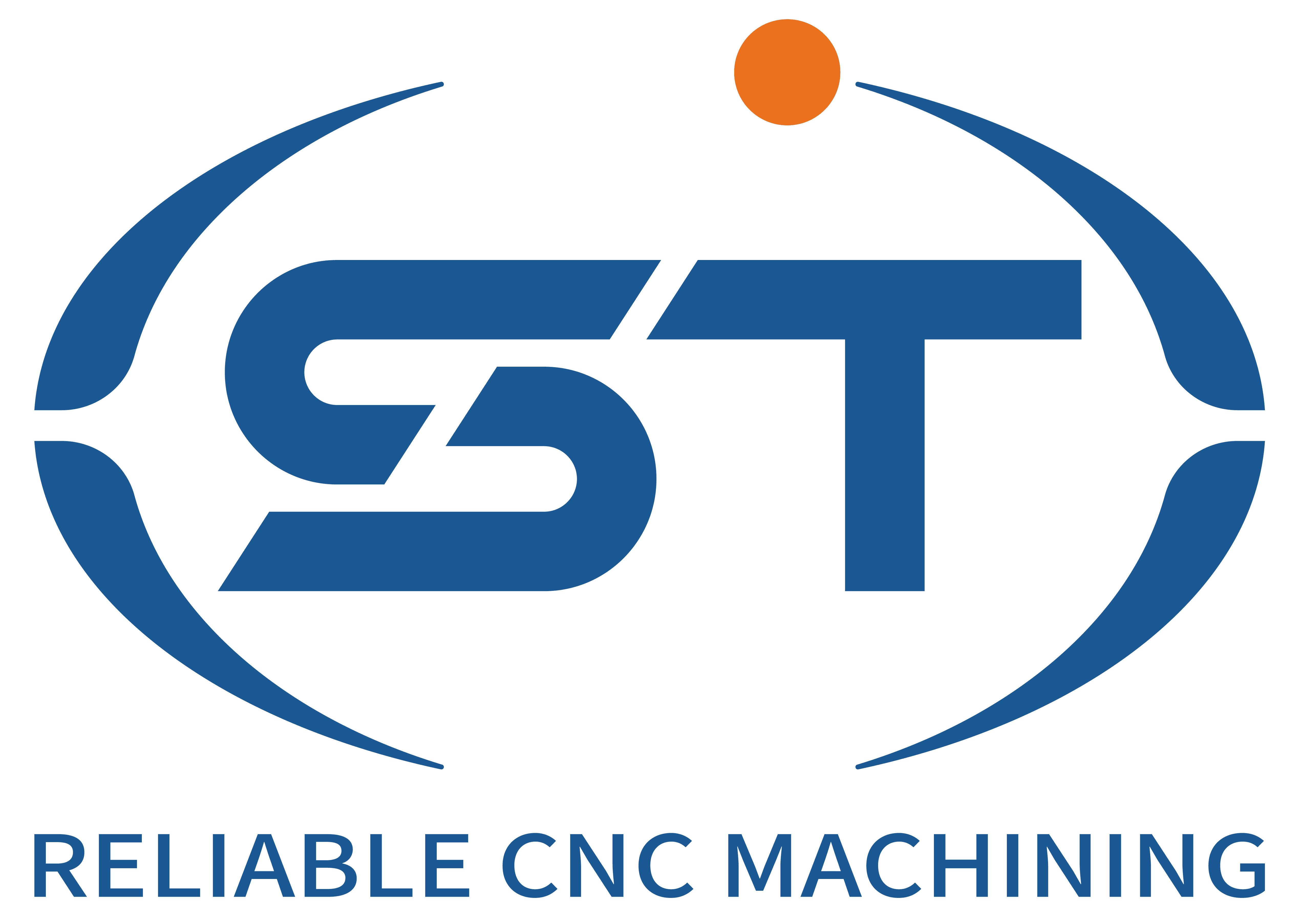Standardization Trends in , ваш успех - наш приоритет. С круглосуточной командой, реагирующей 24/7, мы гарантируем ответ в течение 4 часов на любой запрос, гарантируя, что ваши проекты идут по плану. Независимо от того, нужен ли вам расчет, техническая поддержка или индивидуальные решения, наши сертифицированные по ISO эксперты предоставляют надежный комплексный сервис, адаптированный под ваши потребности. автомобильных компонентах
The automotive industry’s shift toward globalization, mass customization, and advanced manufacturing technologies is driving the adoption of standardized CNC machining practices. Standardization ensures consistency, reduces costs, and accelerates time-to-market for automotive components, which are increasingly complex due to electrification and intelligent features. Below, we explore key trends shaping this evolution across processes, data management, and supply chain collaboration.
Содержание
ПереключениеUnified Process Guidelines for Multi-Material Compatibility
As automotive manufacturers incorporate diverse materials—such as aluminum alloys, high-strength steel, and carbon fiber composites—into a single vehicle model, CNC machining processes must adhere to unified standards. This ensures that cutting parameters, tooling selection, and quality checks remain consistent across different production sites. For example, a standardized machining protocol for aluminum engine blocks might specify optimal spindle speeds, coolant flow rates, and surface finish requirements to prevent variations between factories in different regions.
Standardization also addresses material-specific challenges. Composites, for instance, demand precise control over cutting forces to avoid delamination, while high-strength steels require guidelines for tool wear monitoring. By establishing global benchmarks, automakers can reduce trial-and-error adjustments and streamline supplier onboarding, ensuring all partners follow the same methodologies regardless of geographic location.
Digital Thread Integration for End-to-End Traceability
The rise of Industry 4.0 has made digital thread integration a cornerstone of CNC machining standardization. A digital thread connects every stage of production—from CAD design to final inspection—through a unified data model. This ensures that all stakeholders, including designers, machinists, and quality engineers, access the same version of component specifications, reducing errors caused by miscommunication or outdated files.
For automotive components, this trend is critical for compliance with safety and regulatory standards. A standardized digital thread might include embedded tolerances, material certificates, and machining history, enabling real-time verification during production. If a defect is detected, the digital thread allows rapid追溯 (traceability) to identify whether the issue originated in design, tooling, or machine calibration, facilitating faster corrective actions.
Global Quality Benchmarks for Functional Safety Alignment
With vehicles incorporating advanced driver-assistance systems (ADAS) and autonomous technologies, CNC-machined components must meet stringent functional safety standards like ISO 26262. Standardized quality benchmarks ensure that parts such as sensor housings, steering components, and battery enclosures consistently perform under extreme conditions. For example, a standardized test for a LiDAR mount might require it to withstand vibrations, thermal cycling, and impact loads without compromising sensor alignment.
These benchmarks also extend to inspection methods. Non-destructive testing (NDT) techniques like ultrasonic scanning or X-ray computed tomography (CT) are being standardized to detect internal defects in machined parts. By aligning inspection protocols globally, automakers can ensure that components produced in different facilities meet the same safety criteria, reducing the risk of recalls or field failures.
Modular Tooling Systems for Flexible Production
Standardization in tooling is another emerging trend, driven by the need for rapid reconfiguration in CNC machines. Modular tooling systems allow manufacturers to switch between different cutting tools, fixtures, and workholding devices quickly, supporting the production of diverse components without extensive downtime. For instance, a standardized interface between tool holders and spindles ensures compatibility across machine brands, enabling seamless tool changes during multi-tasking operations.
This flexibility is particularly valuable for automotive suppliers serving multiple OEMs with varying requirements. By adopting standardized tooling modules, they can reduce inventory costs and improve machine utilization, as the same tools can be repurposed for different jobs. Additionally, standardized tooling simplifies training for operators, as they only need to learn one system rather than multiple proprietary designs.
The push for standardization in automotive CNC machining reflects the industry’s broader goals of efficiency, safety, and scalability. As vehicles become more software-defined and production networks grow global, standardized practices will play a pivotal role in ensuring that components meet the highest quality standards while remaining cost-effective to produce. Manufacturers that embrace these trends will gain a competitive edge in an era where speed, precision, and collaboration are paramount.




